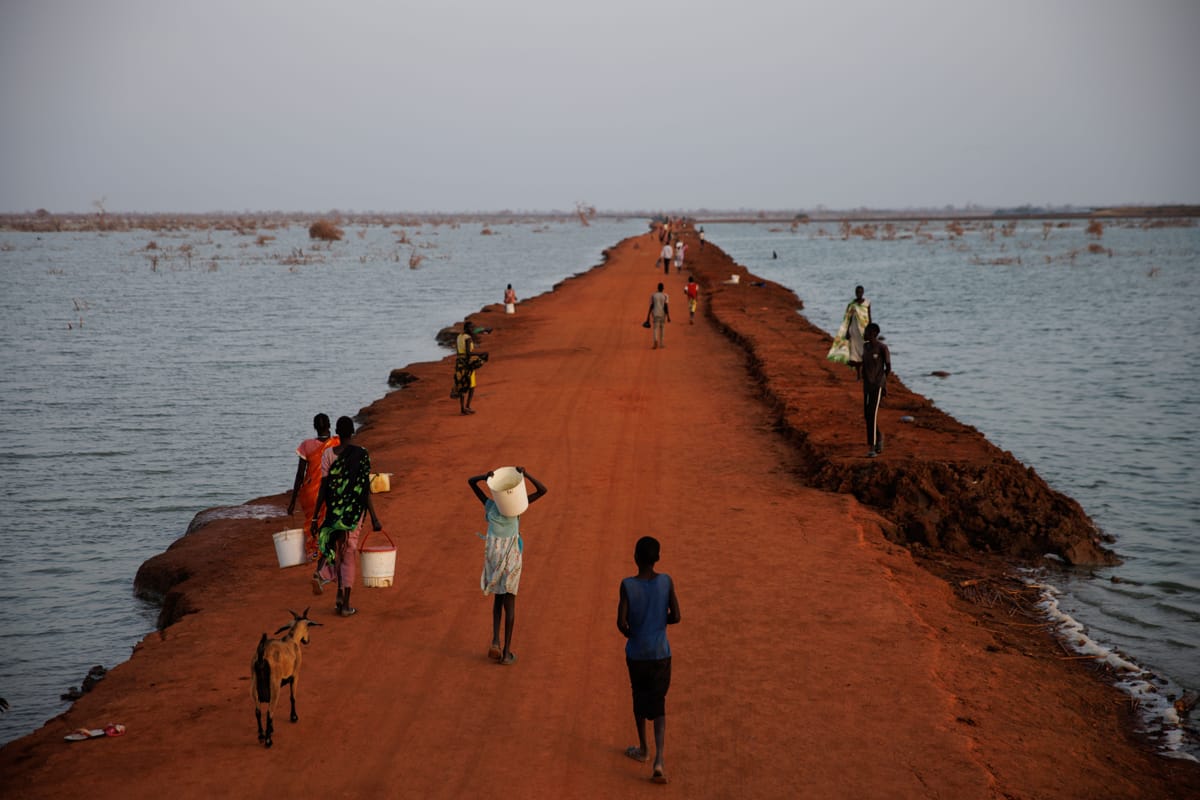In a recent press release, Australia announced an aid package of $23 million to address the critical needs of the Horn of Africa region. While the gesture is commendable, it falls short in comparison to the contributions by other global players. This discrepancy raises questions about Australia’s commitment and the effectiveness of its humanitarian efforts in one of the world’s most troubled regions.
The United States pledged approximately US$1.3 billion in humanitarian and development assistance to the Horn of Africa in 2022 and an additional US$524 million this year. Total US aid to Africa totalled around US$2 billion in 2023. The United Kingdom’s aid package to Africa stands at approximately £1.4 billion, dwarfing Australia’s contribution totalling A$87 million in 2023-24.
The European Union, Germany, France, Japan and China have also each pledged hundreds of millions of dollars in aid recognising the severity of the crises in countries such as Sudan, Ethiopia, Somalia and Kenya. South Korea recently announced plans to expand its cumulative development aid contributions to Africa to $10 billion by 2030 and separately provide $14 billion in export financing to encourage South Korean investment on the continent.
Australia’s pledge amounts to less than one dollar per person – a figure that underscores the inadequacy of the aid in meeting the vast and urgent needs of the affected populations.
Australia’s $23 million aid package is a drop in the ocean compared to these figures. This stark contrast not only highlights Australia’s relatively modest contribution, but raises concerns about the impact and visibility of Canberra’s humanitarian efforts. In a region where millions are facing starvation, displacement and conflict, the optics of such a small aid package can undermine Australia’s image as a significant player in international humanitarian assistance.
According to the figures presented in the press release from Australia’s Foreign Minister Penny Wong, Sudan is grappling with 17.7 million people facing high levels of acute food insecurity and nearly five million on the brink of starvation. Countries across the region are similarly burdened with millions of internally displaced people and refugees compounded by ongoing conflicts and climate-induced disasters. The complexity and scale of the crises in the Horn of Africa are profound. Australia’s $23 million is intended to support approximately 27.1 million people across Sudan, Ethiopia, Somalia and Kenya. This amounts to less than one dollar per person – a figure that underscores the inadequacy of the aid in meeting the vast and urgent needs of the affected populations.

Africa today has a population of over 1.4 billion people projected to reach 2.5 billion by 2050. There are approximately 170 Australian mining companies active on the continent and the current overall value of current exploration, extraction and processing exceeds $40 billion. Africa’s GDP growth expected to average 3.8 percent this year against Australia’s forecast growth for 2023-24 at 1.5 percent.
The $23 million aid package contributed by Australia appears insufficient and out of touch with the realities on the ground.
There are practical steps Australia can take to maximise the impact of its aid and improve the optics of its humanitarian efforts. Canberra should explore ways to better leverage existing stakeholders including development partners, international organisations, the business sector in Australia and Africa, the growing African diaspora in Australia and Africans who have studied at Australian educational institutions in addition to local NGOs and community-based organisations. Local groups have better access and understanding of the local context, enabling them to deliver aid more effectively and efficiently.
A well-considered strategy will create business opportunities for Australia, especially in the economically strategic sectors of mining, agricultural exports and education and enhance the humanitarian response in the Horn of Africa.
Transparency and accountability are critical. The administration of Australia’s aid to the region through the Direct Aid Program (DAP) requires urgent attention. Robust monitoring and evaluation mechanisms are necessary to track the impact of aid, whatever the scale, to ensure funds are used effectively. Regular reporting on the progress and outcomes of aid initiatives will build trust and credibility both domestically and internationally.
At $4.96 billion for 2024–25, Australia’s overseas development assistance budget as a percentage of gross domestic product represents a marginal increase on previous years and continues to trail well behind many other members of the Organisation for Economic Co-operation and Development. Irrespective of its capacity to further increase overseas development assistance, Australia is well positioned as a middle power to amplify advocacy for enhanced international cooperation and burden-sharing.
The proposed aid package to the Horn of Africa is a positive step, however, it is insufficient to meet the region’s substantial challenges. A thoughtful and comprehensive strategy cognisant of the perceptions and impacts of Australia’s humanitarian efforts can simultaneously improve the lives of the most vulnerable and strengthen mutual economic opportunities. While Canberra might not have the strategic interest or capacity to deepen engagement with Africa at this juncture, for the sake of future Australians optics matter.

